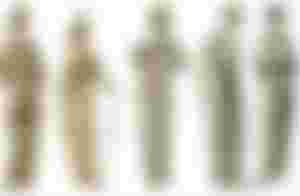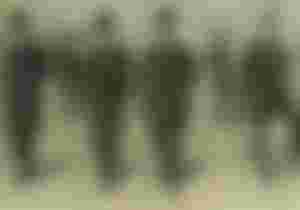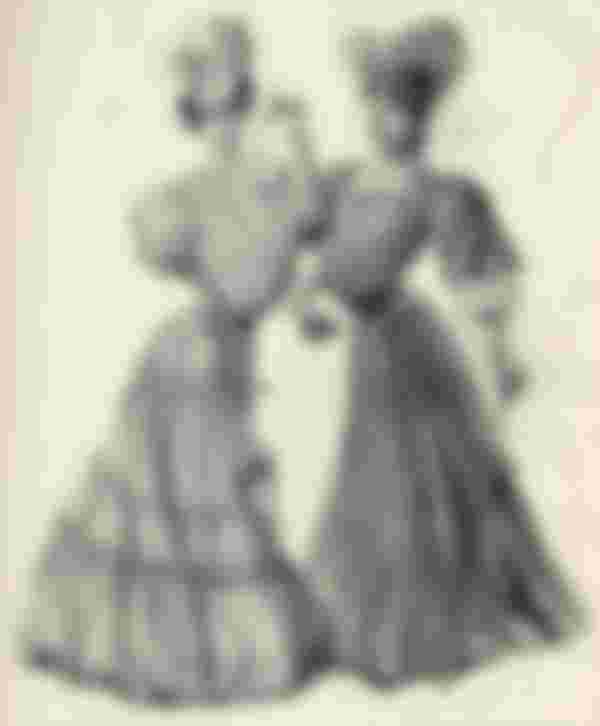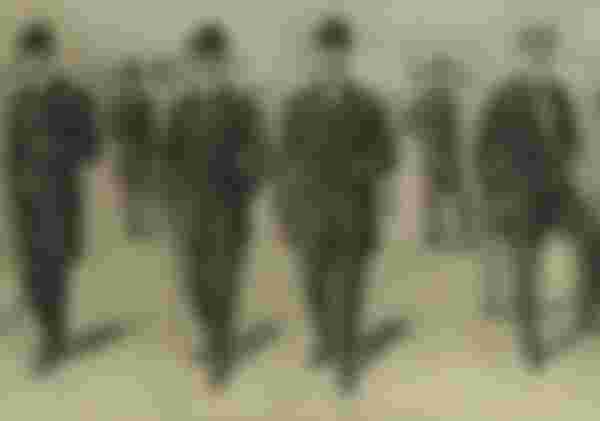The first decade of 20th century fashion in Europe and the countries under its influence is characterized by elegant, long cuts that make the figure slender and elongated. This short period in the history of fashion was marked by high collars, wide-brimmed hats and hairstyles in the image of the Gibson girl.
The beginning of the 20th century was marked by elegant, narrow cuts
The female silhouette was characterized by the shape of sandstone or the shape of the letter ‘S’, which was fashionable throughout the decade. Puffy blouses and dresses with deep necklines were narrowed at the waist with a corset and a belt. Dresses and skirts were long, often with a barge. These perfectly tailored dresses were sewn by special tailors who made sure that the suits, as well as the dresses, had a perfect cut that fit the body. The most famous female designers were the Tirocchi sisters.

A silhouette in the shape of the letter 'S' was characteristic of women's fashion from the beginning of the 20th century.The fashion of the first decade of the 20th century was shaped by the needs of women for various styles of clothing in the different occasions they attended. Thus, every modern woman of that time needed different morning and day dresses, elegant evening gowns, as well as simple dresses for everyday activities and sports equipment for tennis, cycling and skiing.
In the summer, women wore cotton dresses decorated with lace and embroidery that could be worn in almost all informal occasions. When traveling or playing sports, they wore woolen or tweed sets, composed of skirts, blouses and jackets, resembling men's suits. Wealthy ladies wore precious fur and a large hat decorated with silk ribbons, feathers, fur and even whole stuffed birds on the collar of their jackets.

Women's suits and dresses for different occasions
Paul Poiret has significantly influenced the change of dress since 1907. He felt that it was unnecessary to overemphasize women's curves and that straight lines were more attractive and elegant. His dresses are significantly narrower in the area of the chest and hips, and the corsets are wider, so that they emphasize the natural line of the body, instead of deforming and narrowing it.The style of clothing introduced by the famous French fashion designer Paul Poirier
Men, just like women, wore suits for different occasions, such as morning coats, casual outfits and elegant evening jackets.

Men cared about physical appearance and clothing as much as women
In winter, all men wore knee-length coats. On trips and other occasions that required daily activity, they wore striped shirts with a high collar and over it a tweed jacket, pleated in front and on the back complete with a matching belt. Striped shirts were also an integral part of formal clothing along with a tight tie. Everyday clothing combinations for men were also characterized by shorts, legs narrower around the ankles. Formal occasions required the wearing of white shirts, vests and evening jackets. Ties or white bow ties were also required.
Different men's sets for all occasions
Men wore several types of hats on different occasions; from cylinders, through Homburg hats to round bowler models made of felt. In the summer, they usually wore straw hats with low cylinders, which they decorated with a bow.


